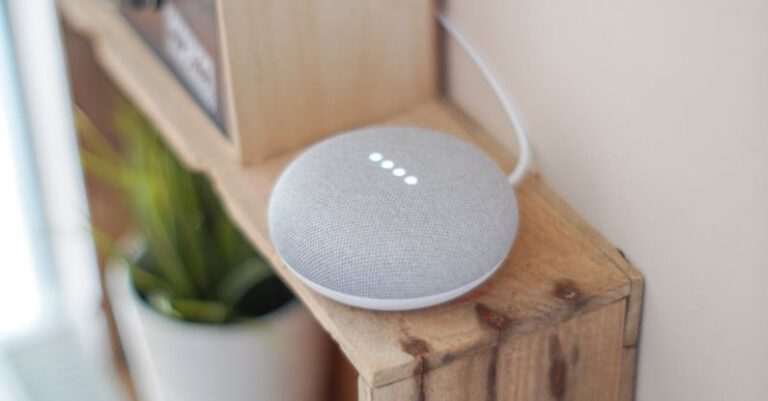What Are the Advances in Smart Air Quality Monitors?
In today’s rapidly evolving technological landscape, smart air quality monitors have emerged as essential tools for individuals and businesses alike looking to ensure a healthy indoor environment. These innovative devices offer real-time monitoring and analysis of air quality parameters, providing users with valuable insights to make informed decisions about their living or working spaces. With continuous advancements in sensor technology and data analytics, smart air quality monitors are becoming more sophisticated and user-friendly, offering a range of features that were previously unavailable. Let’s delve into the latest advances in smart air quality monitors that are shaping the way we monitor and improve the air we breathe.
Compact Design and Portability
One of the key advancements in smart air quality monitors is the move towards more compact and portable designs. Early models of air quality monitors were often bulky and cumbersome, limiting their usability in different settings. However, recent innovations have seen the development of sleek, compact devices that can be easily moved from room to room or even taken on the go. This portability allows users to monitor air quality in various locations, ensuring that they have access to accurate data wherever they are.
Integration with Smart Home Ecosystems
Another significant advancement in smart air quality monitors is their integration with smart home ecosystems. Modern devices are designed to seamlessly connect with existing smart home platforms, such as Amazon Alexa or Google Home, allowing users to access air quality data through voice commands or smartphone apps. This integration not only enhances the user experience but also enables users to automate actions based on air quality readings, such as adjusting HVAC systems or activating air purifiers.
Multi-Sensor Technology for Comprehensive Monitoring
Advances in sensor technology have led to the development of smart air quality monitors equipped with multiple sensors to provide comprehensive monitoring of indoor air quality. These sensors can detect a wide range of pollutants, including particulate matter, volatile organic compounds (VOCs), carbon dioxide, and more. By combining data from multiple sensors, these devices offer a holistic view of air quality, enabling users to identify and address potential issues more effectively.
Real-Time Data Monitoring and Alerts
Real-time data monitoring and alerts are essential features of modern smart air quality monitors. These devices continuously monitor air quality parameters and provide instant feedback to users through notifications or alerts. In case of elevated pollutant levels or poor air quality conditions, users are promptly notified, allowing them to take immediate action to improve indoor air quality. This real-time monitoring capability is crucial for maintaining a healthy and safe indoor environment, especially for individuals with respiratory conditions or allergies.
Data Analytics and Insights
Advancements in data analytics have revolutionized the way smart air quality monitors process and present data to users. Modern devices are equipped with advanced algorithms that analyze air quality data and provide valuable insights and recommendations. Users can access detailed reports on pollutant levels, trends over time, and suggestions for improving air quality. By leveraging data analytics, smart air quality monitors empower users to make informed decisions about indoor air quality management and take proactive steps towards creating a healthier living or working environment.
Enhanced Connectivity and Remote Monitoring
The integration of enhanced connectivity features in smart air quality monitors has made remote monitoring easier and more convenient than ever before. Users can now access real-time air quality data from their devices remotely, using smartphone apps or web portals. This remote monitoring capability allows users to keep track of air quality conditions while they are away from home or office, ensuring peace of mind and enabling them to take action if necessary. Additionally, some smart air quality monitors offer cloud-based storage for data, enabling users to review historical data and trends for long-term monitoring and analysis.
In Conclusion
The advances in smart air quality monitors have transformed the way we monitor and manage indoor air quality, offering a range of features that enhance usability, accuracy, and convenience. From compact designs and integration with smart home ecosystems to multi-sensor technology and real-time data monitoring, these devices are becoming indispensable tools for maintaining a healthy indoor environment. By leveraging data analytics and remote monitoring capabilities, smart air quality monitors empower users to make informed decisions and take proactive steps towards improving air quality. As technology continues to evolve, we can expect further innovations in smart air quality monitors that will continue to enhance our understanding and management of indoor air quality.






